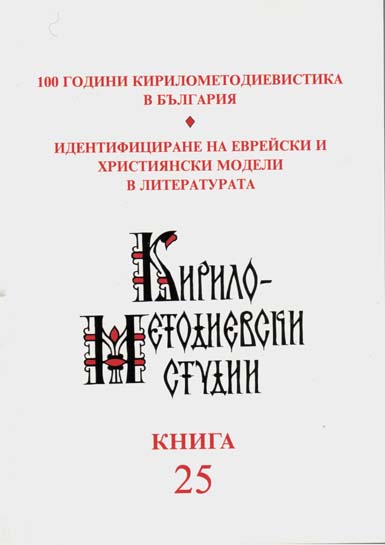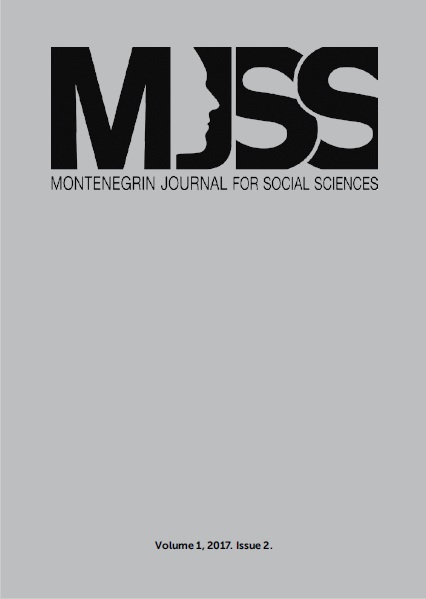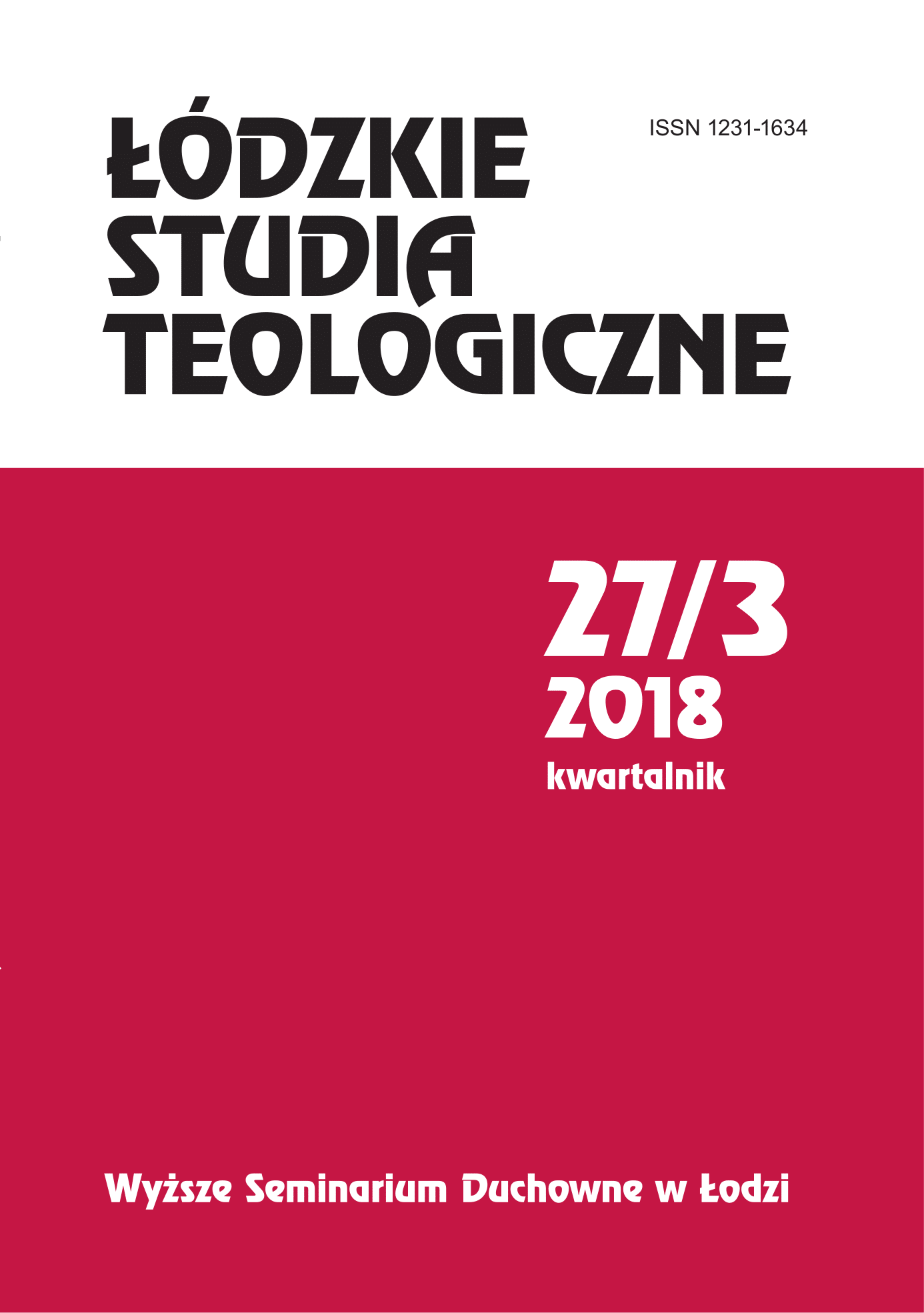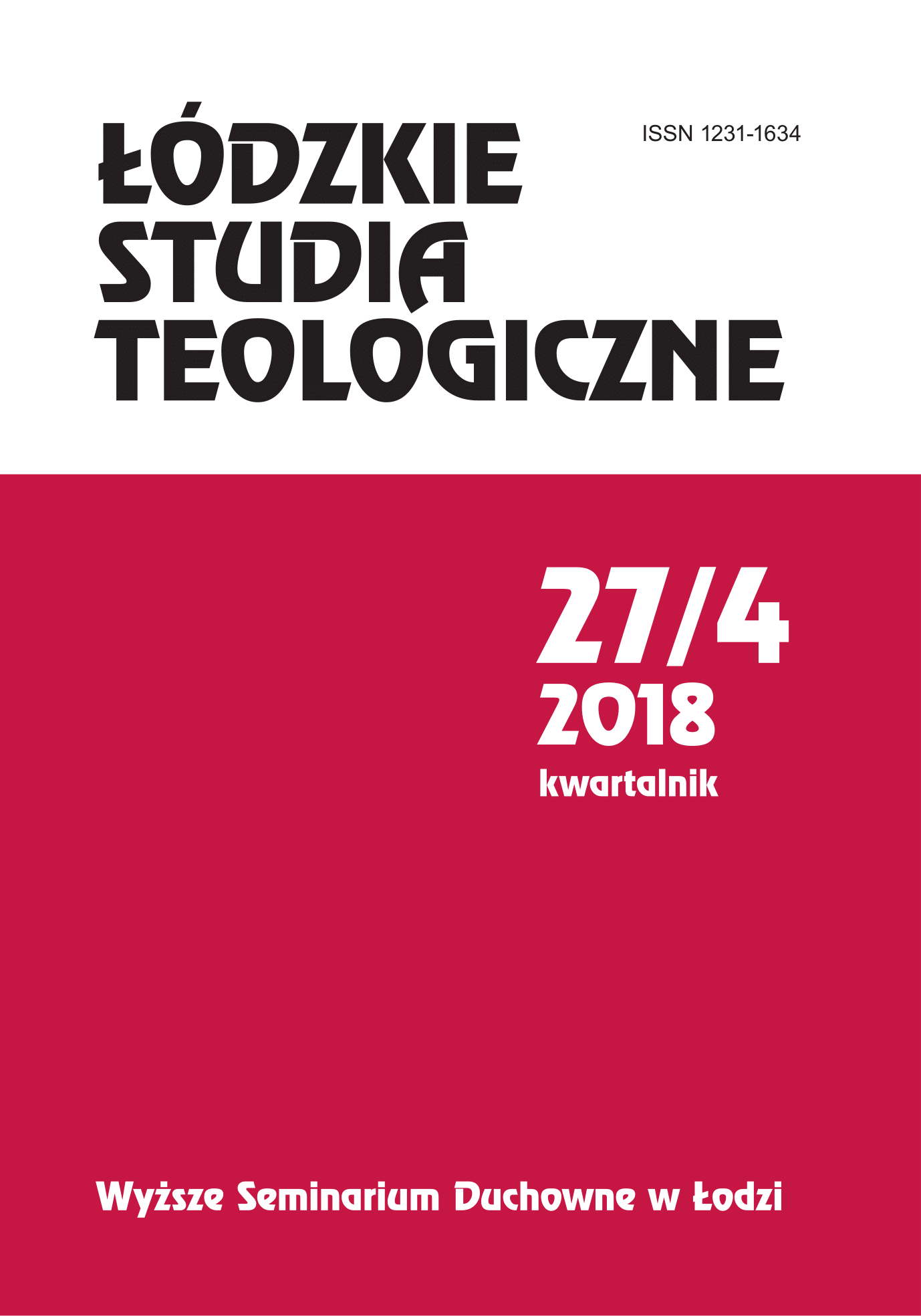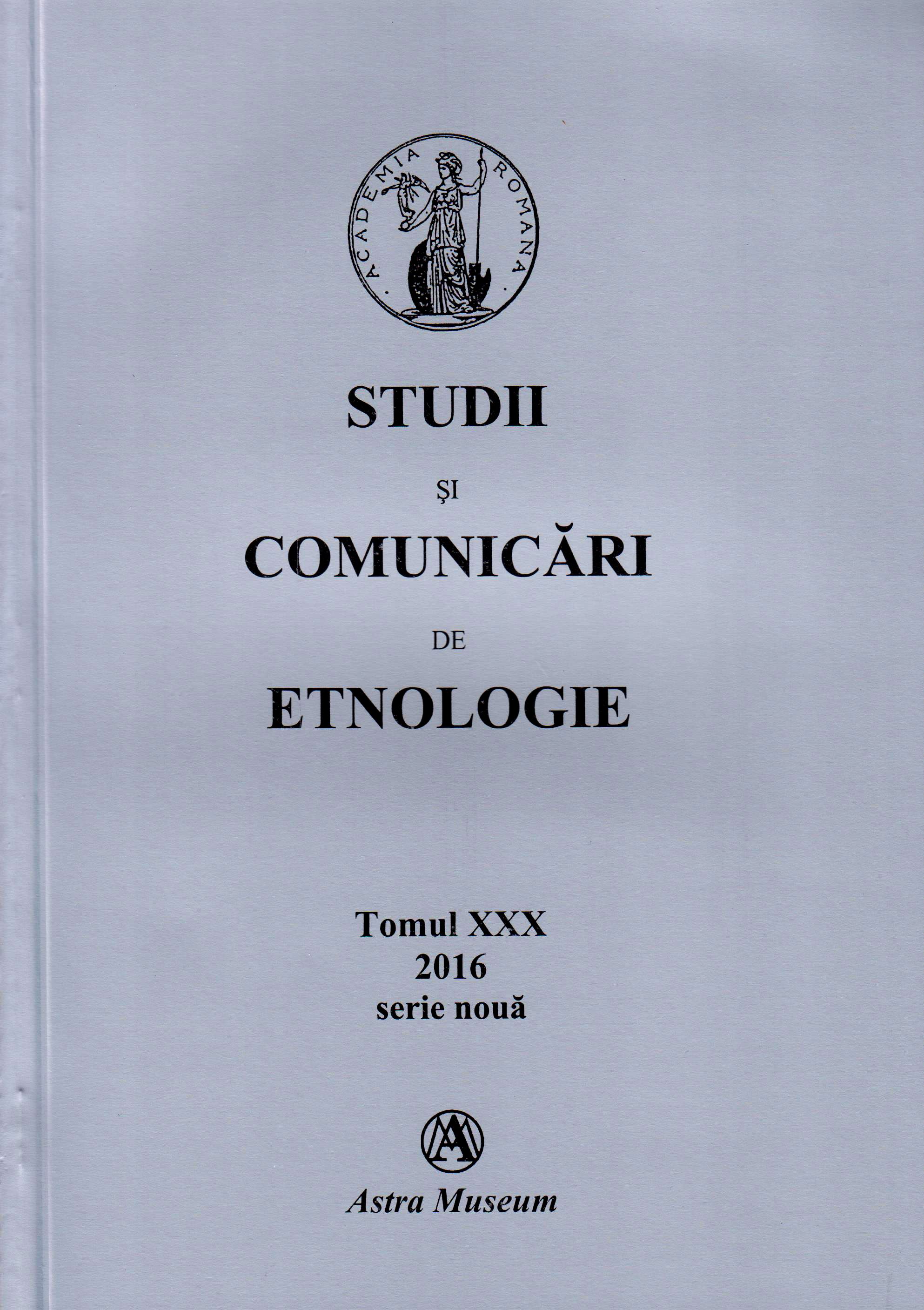
Configurarea unui sfânt imaginar în spațiul tradițional românesc și sud-est european: Sântoaderul
Ignoré aujourd’hui par des uns, oublié par des autres, le Saint Toader a été, à l’origine, une présence quasi-générale sur le territoire de la Roumanie, mais aussi sur les territoires voisins de l’espace balkanique. Stimulateur des énergies vitales, le cavalier nocturne a engendré plusieurs hypothèses concernant son origine dans l’imaginaire collectif de la part de certains mythologues et ethnologues renommés qui ont essayé d’établir certaines filiations pour le Saint Toader (divinité archaïque, centaure, déité nommée « Le chevalier thrace »). Par la progression du temps, le Saint Toader connaît deux directions de configuration imaginaire qui vont s’entrecroiser dans la mémoire collective, mais sans se superposer jamais parfaitement. En parallèle avec son évolution rurale et sa transformation en être nocturne qui erre dans le village, d’après un certain calendrier, le dieu thrace passe, par la christianisation, dans une hypostase de saint militaire, en devenant le Grand Martyr Toader et étant associé au Saint Gheorghe et Saint Dimitrie, dans la mentalité populaire. Cette « christianisation » du dieu thrace est en relation directe avec la spiritualisation de la guerre. Inscrit, par la suite, dans le calendrier orthodoxe le jour du 17 février, on le trouve représenté monté sur son cheval dans l’iconographie, tout comme les autres saints militaires. L’autre « saint » a dans le calendrier une entière semaine d’interdictions qui culmine avec le samedi du saint Toader, c’est-à-dire le premier samedi du carême de Pâques, le jour où on apporte du gâteau de blé à l’église. Sauf que ce blé cuit et adouci nous renvoie vers Toader Tiron, auquel l’église attribue l’invention du gâteau de blé (confirmé par la merveille accomplie par celui-ci après sa mort). Mais le but et la présence de Saint Toader dans l’imaginaire populaire ne s’arrêtent pas ici. Les apparitions de ce saint nocturne et de ses chevaux, rigoureusement inventoriées par la mémoire collective des villages, sous forme d’expériences vécues, configurent une géographie mythique régionale, sud-est européenne qui couvre toutes les provinces roumaines (Bucovina, Moldova, Dobrogea, Muntenia, Oltenia, Banat, Arad) et, par extension, également, les villages des roumains d’Hongrie, Serbia et Timoc, mais aussi les villages bulgares et serbes où le Saint Toader devient Todorov ou Sveti Todor et les Saints Toader, Todoroti. En liaison directe avec pouvoirs magiques du saint dans l’entier espace qu’il domine, on identifie plusieurs types d’activités : compétitions de chevaux, le coupage et le lavage des cheveux, des pratiques prénuptiales (qui cachent une sexualité prêt à exploser au début du printemps) et des pratiques funéraires. Les actions sont doublées d’un précieux corpus de textes narratives (des narrations, des histoires) qui thésaurise l’imaginaire d’un monde archaïque avec une mentalité mythique-magique, aujourd’hui, en cours de disparition.
More...
